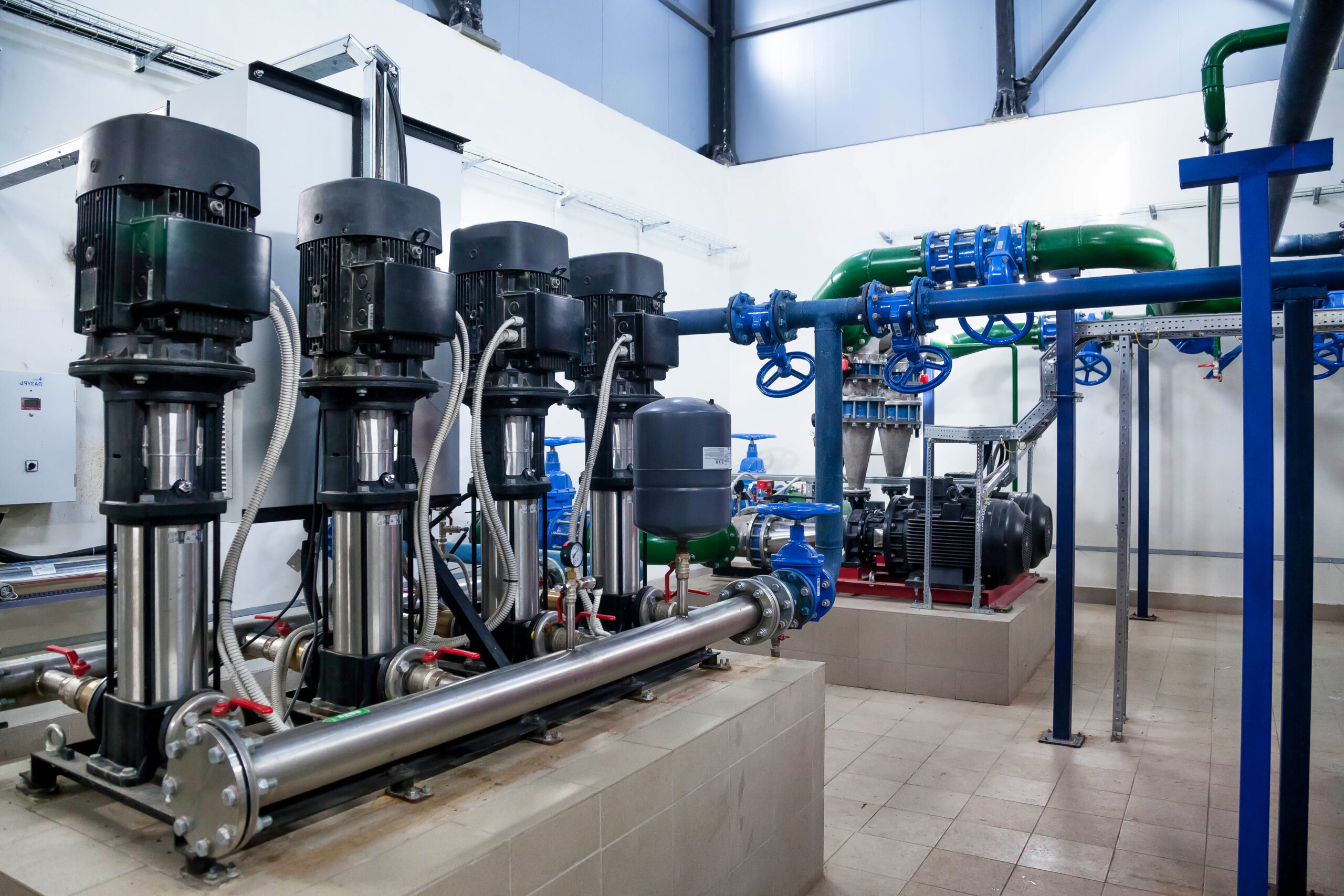Vertical pumps are integral components in various industries, renowned for their unique design and operational capabilities. Understanding their advantages and disadvantages is crucial for selecting the appropriate pump for specific applications.
What are Vertical Pumps?
Vertical pumps are a category of centrifugal pumps characterized by a vertically oriented shaft and an impeller suspended within a casing. This design enables them to draw liquid from deep sources, such as wells or tanks, and transport it upward through a discharge pipe. Their vertical configuration allows for efficient space utilization, making them suitable for environments where horizontal space is limited.
Advantages of Vertical Pumps
Space Efficiency
One of the most significant benefits of vertical pumps is their compact footprint. Unlike horizontal pumps, vertical pumps can be integrated into piping systems, often suspended as part of the overhead pipes, thereby requiring minimal to no floor space. This attribute is particularly advantageous in facilities where space is at a premium.
High-Temperature and High-Pressure Handling
Vertical pumps are engineered to operate under high-temperature and high-pressure conditions. This capability makes them ideal for applications involving the transport of fluids that are either hot or under significant pressure, thereby extending the operational life of the pump motor.
Versatility in Application
The design of vertical pumps allows them to handle a wide range of liquids, from ordinary water to corrosive, flammable, and challenging chemicals. This versatility makes them suitable for various industries, including water treatment, chemical processing, and oil and gas.
Ease of Installation
Vertical pumps are relatively easy to install, especially in inline configurations. Their design eliminates the need for complex alignment procedures among the pump, piping, and motor mounting, simplifying the installation process.
Noise Reduction
Submersible motor vertical turbine pumps operate quietly, which is beneficial in densely populated urban areas where noise pollution is a concern. The absence of aboveground motors reduces operational noise levels, contributing to a quieter working environment.
Disadvantages of Vertical Pumps
Maintenance Challenges
Vertical pumps have a more complex structure with a larger number of components, making maintenance more burdensome. The vertical arrangement can make access to certain parts difficult, leading to increased maintenance downtime and potential challenges in performing repairs.
Lower Efficiency
Compared to their horizontal counterparts, vertical pumps may exhibit lower efficiencies. Factors such as hydraulic losses and mechanical complexities can contribute to reduced performance, impacting energy consumption and operational costs.
High Headroom Requirement
The installation and maintenance of vertical pumps necessitate substantial headroom. The vertical design requires ample vertical space, which can be a limiting factor in facilities with restricted ceiling heights.
Hydraulic Thrust Challenges
Balancing hydraulic thrust in vertical pumps is challenging due to their overhang design. This imbalance can lead to increased bearing loads and potential vibration issues, especially in high suction and high-pressure applications.
Cost Considerations
Vertical pumps are typically more expensive than horizontal pumps with similar power and capacity. The specialized design and materials required to handle high temperatures and pressures contribute to the higher initial investment.
Frequently Asked Questions (FAQs)
- What applications are vertical pumps best suited for?
Vertical pumps are ideal for applications requiring the extraction of liquids from deep sources, such as wells or underground tanks. Their ability to handle high-temperature and high-pressure fluids makes them suitable for industries like water treatment, chemical processing, and oil and gas.
- How do vertical pumps compare to horizontal pumps in terms of space requirements?
Vertical pumps have a smaller footprint compared to horizontal pumps. They can be integrated into piping systems and often require less floor space, making them advantageous in facilities where space is limited.
- What are the maintenance considerations for vertical pumps?
Maintenance of vertical pumps can be more challenging due to their complex structure and vertical arrangement. Accessing certain components may require additional effort, leading to increased maintenance downtime.
- Are vertical pumps more efficient than horizontal pumps?
Generally, vertical pumps may exhibit lower efficiencies compared to horizontal pumps. Factors such as hydraulic losses and mechanical complexities can impact their performance.
- What are the cost implications of choosing a vertical pump over a horizontal pump?
Vertical pumps are typically more expensive than horizontal pumps with similar specifications. The specialized design and materials required for vertical pumps contribute to the higher initial investment.
Conclusion
Vertical pumps offer distinct advantages, including space efficiency, the ability to handle high-temperature and high-pressure fluids, and versatility across various applications. However, they also present challenges such as maintenance complexity, lower efficiency, and higher costs. Careful consideration of these factors is essential when selecting a pump to ensure it aligns with the specific requirements of the intended application.
